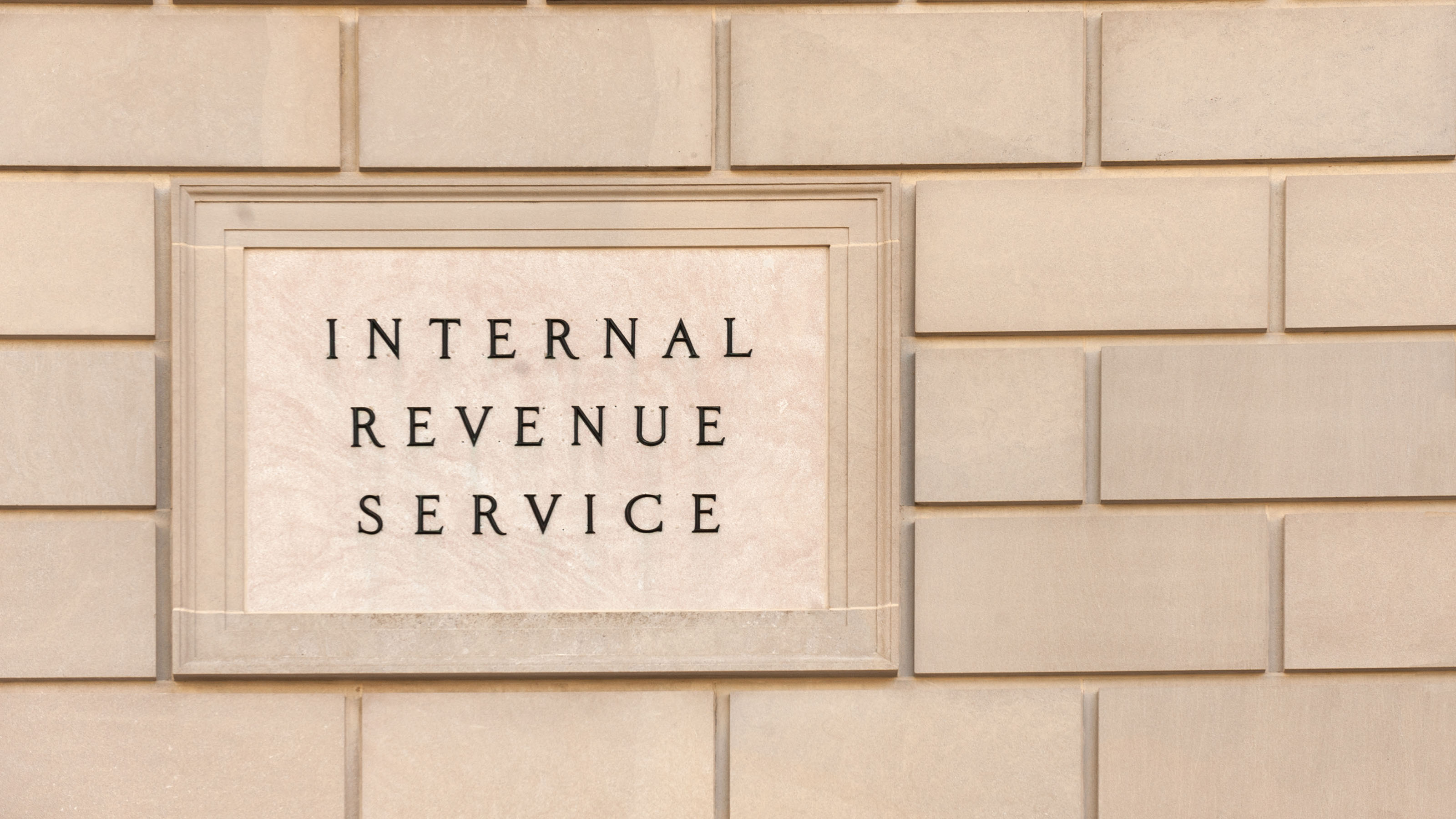The IRS Cracks Down on IRA Mistakes
The penalties can be stiff if you make one of these common IRA errors.

EDITOR'S NOTE: This article was originally published in the October 2012 issue of Kiplinger's Retirement Report. To subscribe, click here.
Thanks to the quirks of the tax code, an IRA can quickly become a comedy of errors. But with the IRS now taking a closer look at IRA rule-breakers, mistakes in these accounts are no laughing matter.
The IRS is cracking down on common IRA missteps such as making contributions that exceed the annual limit and failing to take required minimum distributions. "We are developing a plan to reduce noncompliance with IRA contribution and minimum distribution requirements, and we are on track to complete it by October 15," the IRS said in a statement e-mailed to Kiplinger's Retirement Report.
From just $107.88 $24.99 for Kiplinger Personal Finance
Become a smarter, better informed investor. Subscribe from just $107.88 $24.99, plus get up to 4 Special Issues

Sign up for Kiplinger’s Free Newsletters
Profit and prosper with the best of expert advice on investing, taxes, retirement, personal finance and more - straight to your e-mail.
Profit and prosper with the best of expert advice - straight to your e-mail.
Greater IRS scrutiny of IRAs "will catch a lot of taxpayers," says IRA expert Seymour Goldberg, an attorney in Woodbury, N.Y. As IRA assets have grown, reaching $5.2 trillion at the end of March, the Treasury Department has raised alarms about increasing numbers of taxpayers breaking IRA rules. In tax years 2006 and 2007, for example, nearly 300,000 individuals made excess contributions and roughly 255,000 failed to take RMDs, according to a 2010 report by the Treasury Inspector General for Tax Administration.
Penalties for such mistakes can be stiff. Taxpayers who forget to take an RMD, for example, can be dinged 50% of the amount they should have taken.
It's easy to make a mistake. Consider excess IRA contributions. In 2012, people age 50 or older can contribute $6,000 to a traditional or Roth IRA, or their taxable compensation for the year -- whichever is smaller. A person who makes the maximum contribution at the start of each year may lose his job and fail to meet the taxable compensation hurdle. Or a retiree whose only income comes from pensions and dividends may not realize that "compensation" generally refers to earned income such as wages. And you can't contribute to a Roth IRA if you're over the adjusted gross income limit -- $183,000 for a married couple in 2012.
In other cases, IRA owners may simply forget they've already made their IRA contribution for the year -- and make it again. One way to reduce this risk: Keep all of your retirement funds with one brokerage firm, says Robert Keebler, a certified public accountant in Green Bay, Wis. That way, the firm will likely tell you that you are doubling up on contributions.
A taxpayer can avoid the 6% tax on an excess contribution if he withdraws the excess cash -- and any earnings on that amount -- by October 15 of the year following the contribution. If you've made a Roth contribution that becomes excessive because you go over the income limit, you may want to recharacterize it as a traditional IRA contribution instead of simply withdrawing the amount, says Barry Picker, a certified public accountant in New York City.
Watch for Rollover Pitfalls
Rolling over assets from one IRA to another can also be a minefield. If you take the money from the first IRA and don't put it into the second IRA within 60 days, the distribution is considered taxable income. You can only do one rollover per 12-month period. A better option may be a "trustee to trustee" transfer, in which assets move directly from one financial institution to the next. You can do an unlimited number of these transfers.
Another common mistake is failing to take RMDs on time. You must take your first RMD by April 1 of the year following the year you turn 70½. Subsequent RMDs must be taken by the end of each calendar year. If you delay taking the first RMD until the year after turning 70½, you will need to take two RMDs in that second year. Consider asking your custodial firm to automatically calculate your RMD each year and transfer the amount to a non-retirement account.
If you accidentally skip all or part of an RMD, take the distribution as soon as you remember and file Form 5329, attaching a letter explaining why you believe you qualify for a waiver of the 50% penalty. Generally, the IRS has been generous in granting waivers to taxpayers who make a one-time RMD goof. But, Goldberg says, "don't wait for the IRS penalty to come down and then fumble for a reasonable excuse."
Haven’t yet filed for Social Security? Create a personalized strategy to maximize your lifetime income from Social Security. Order Kiplinger’s Social Security Solutions today.
Profit and prosper with the best of Kiplinger's advice on investing, taxes, retirement, personal finance and much more. Delivered daily. Enter your email in the box and click Sign Me Up.

-
 How to Safely Open an Online Savings Account
How to Safely Open an Online Savings AccountOnline banks offer generous APYs that most brick-and-mortar banks can't match. If you want to make the switch to online but have been hesitant, I'll show you how to do it safely.
-
 7 Ways to Age Gracefully Like the Best Stock Photo Seniors
7 Ways to Age Gracefully Like the Best Stock Photo SeniorsAs a retirement editor, I've gleaned valuable wisdom (and a lot of laughs) from one older couple that tops the seniors' stock photo charts.
-
 My First $1 Million: Banking Executive, 48, Southeast U.S.
My First $1 Million: Banking Executive, 48, Southeast U.S.Ever wonder how someone who's made a million dollars or more did it? Kiplinger's My First $1 Million series uncovers the answers.
-
 Holiday Tax Scams 2025: 'Tis the Season to be Wary
Holiday Tax Scams 2025: 'Tis the Season to be WaryTax Scams Navigating tax tricks of the holiday season may be daunting, but don't let that destroy your festive spirit
-
 Estate Tax Quiz: Can You Pass the Test on the 40% Federal Rate?
Estate Tax Quiz: Can You Pass the Test on the 40% Federal Rate?Quiz How well do you know the new 2026 IRS rules for wealth transfer and the specific tax brackets that affect your heirs? Let's find out!
-
 Law Reversal Looming? Trump Eyes 2026 Gambling Winnings Tax Change
Law Reversal Looming? Trump Eyes 2026 Gambling Winnings Tax ChangeTax Deductions It's no secret that the IRS is coming after your gambling winnings in 2026. But how long will that last?
-
 The 'Scrooge' Strategy: How to Turn Your Old Junk Into a Tax Deduction
The 'Scrooge' Strategy: How to Turn Your Old Junk Into a Tax DeductionTax Deductions We break down the IRS rules for non-cash charitable contributions. Plus, here's a handy checklist before you donate to charity this year.
-
 IRS Says You Made a Tax Return Mistake? A New Law Could Help You Fight Back
IRS Says You Made a Tax Return Mistake? A New Law Could Help You Fight BackTax Law Updated taxpayer protections change what the IRS must explain on error notices and how long you have to respond.
-
 Tax Refund Alert: House GOP Predicts 'Average' $1,000 Payouts in 2026
Tax Refund Alert: House GOP Predicts 'Average' $1,000 Payouts in 2026Tax Refunds Here's how the IRS tax refund outlook for 2026 is changing and what steps you can take now to prepare.
-
 New 2026 Tax Change Could Mean More for Your IRA and 401(k) Savings
New 2026 Tax Change Could Mean More for Your IRA and 401(k) SavingsRetirement Savings Here's how the new IRS inflation adjustments will increase the contribution limits for your 401(k) and IRA in the new year.
-
 3 Ways High-Income Earners Can Maximize Their Charitable Donations in 2025
3 Ways High-Income Earners Can Maximize Their Charitable Donations in 2025Tax Deductions New charitable giving tax rules will soon lower your deduction for donations to charity — here’s what you should do now.